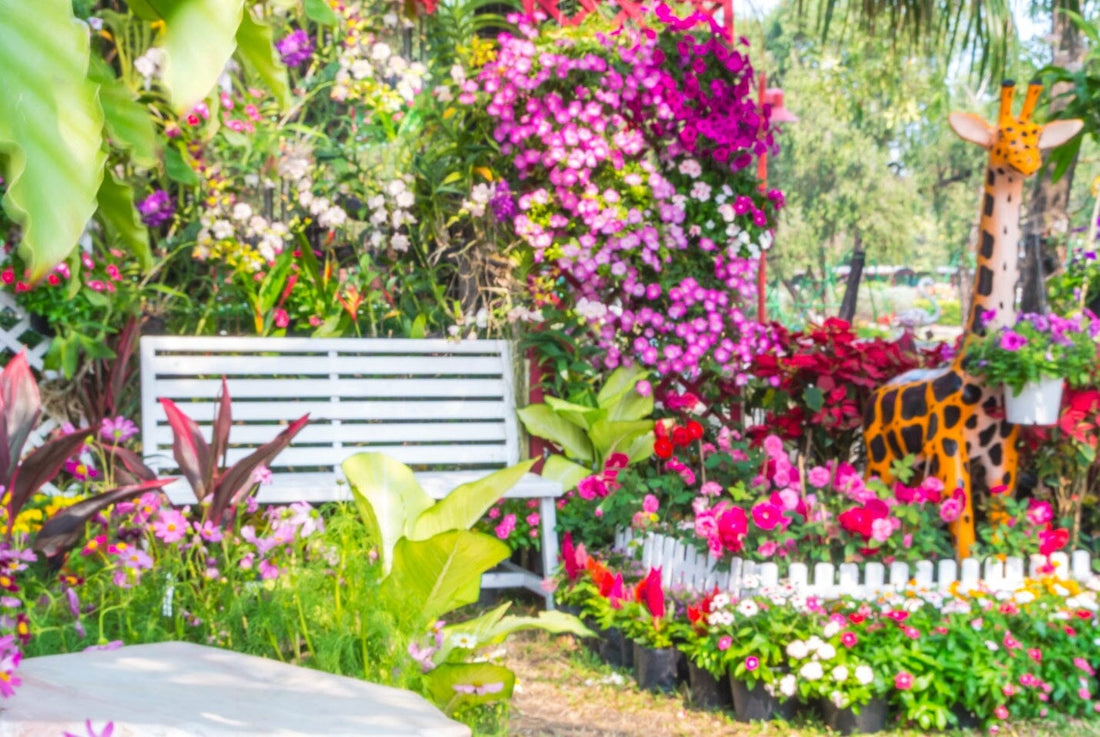Especially if you live in a cold climate, wintertime is a great time to reflect on last year's garden and plan for the spring. It's a great way to get a head start. What's more, it's fun to anticipate the fun you'll have once it's a bit warmer. Here are some steps you can take to get ready for the next growing season.
-
Reflect and set goals. Review last year's garden. Consider soil, sunlight and watering patterns, and take note of any pests or diseases that may have interfered with your garden.
Next, define your goals for the next growing season. Are there areas you want to improve or revamp? Do you want to increase your produce yield or expand a gardening area? Perhaps you want to make your garden more self-sufficient by reducing maintenance. Be specific about what you're looking to do.
-
Evaluate your garden space. Evaluate your soil (kits are often available online or at local garden centers). At this point, you can add organic matter or other elements (for example, sulfur if you want to lower the soil's pH) to amend the soil, or you can plan to do so in the spring if the ground is already frozen. How you amend the soil will depend on which plants you plan to grow and their needs.
Start to map out your garden space and containers. This is where a good journal or notebook comes in handy. Sketch out the different areas of your garden and your vision for them. Remember to plan for crop rotation if you're growing produce.
-
Research and plan your plants. Now it's time to get more detailed. Do some research on plant varieties. Remember to consider wind conditions, sun exposure and soil conditions. For edible plants, consider companion planting, pairing plants that support each other (for example, borage is a flowering herb that keeps pests away and can harm tomatoes and cabbage).
As you plan plants for your flower garden, consider their height and flowering season. You want to have something flowering throughout the year, so choose early spring, summer and fall bloomers. If you can find something that blooms all season, that's great too.

-
Order seeds, plants and supplies. Now is a great time to order seeds, if you're planning to start plants from seeds, or any plants you want to order online. You can also research nurseries for in-person shopping in the spring. Many have catalogs available.
This is also a great time to inventory tools like hoes, trowels and pruners. Stock up on soil, mulch and fertilizer, so you're ready when springtime hits.

- Start seeds indoors. Identify which, if any, plants you want to start from seed indoors, and start growing them six to eight weeks before the last frost.
- Learn and get inspired. Winter is a great time to cozy up and read gardening books, blogs and magazines to get ideas. Local gardening groups may offer winter workshops to get tips and p for next season. Use your winter downtime to prepare for next season and anticipate a bountiful harvest.
Frame It All
Frame It All provides a variety of raised garden beds and garden bed accessories. Shop our Composite Raised Wood Garden Beds, Metal Raised Garden Beds, Corner Raised Garden Beds, Curved Raised Garden Beds, Tiered Raised Garden Beds and more.

